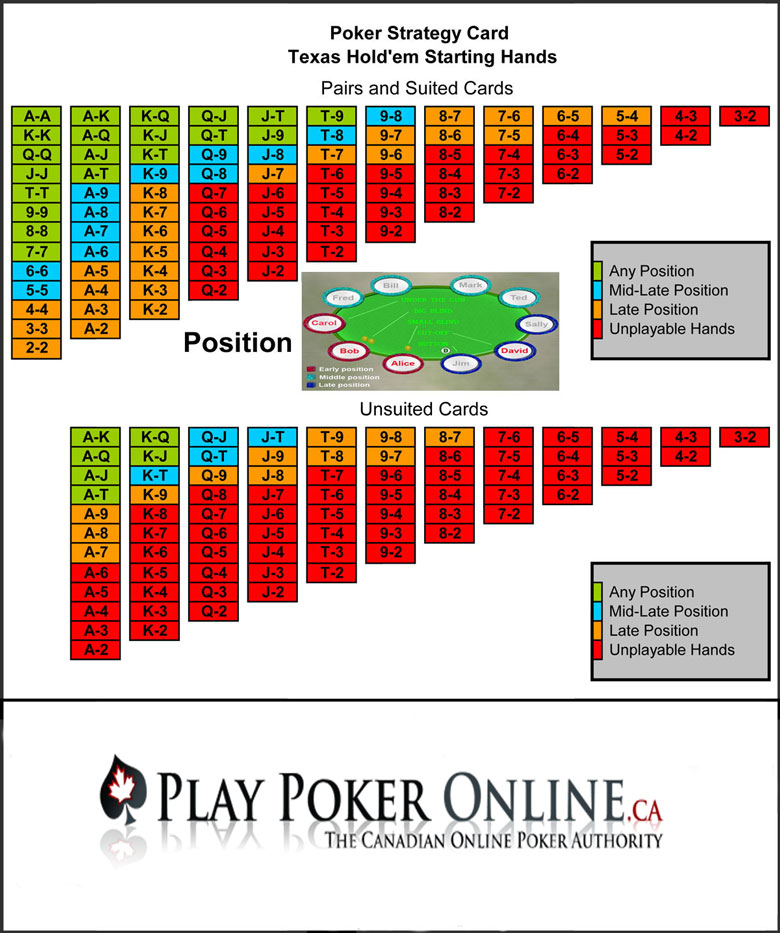Deep Stack Poker Strategy Tournament

Coverage of the poker series 2020 DeepStack Extravaganza V, including results, chip counts, poker videos, and photos. 2020 DeepStack Extravaganza V Schedule - Poker Tournaments Sign In / Register. The best way to survive a tournament is to base your decisions on how many big blinds you have left in your chip stack. Here, we'll discuss strategy with a deep stack of 100 big blinds or more. Monday-Friday Nightly Tournaments all start at 7:00PM. Saturday and Sunday at 6:00PM, unless a Special Event is planned. Please call Deep Stack at 614-710-1616 to confirm all details. Monday 7:00pm: $70 buy-in (55/10/5) 20,000 chips after D/A. Blinds are 20 minutes until late-registration ends, then 30 minutes. One of the biggest differences between cash and tournament poker games is the diversity of stack sizes, and it is essential to account for this when determining the best strategy for a tournament. Daniel says: “The number one mistake I see tournament players makeis you see a player who has a chip lead or a very big stack and then just.

Most online poker tournaments and SNGs, as well as many low-stakes cash games, have shallow stack sizes compared to the blind levels. Meaning the play is often fast and furious, with relatively simple decisions to make. Deep stack poker refers to when your stack size is high compared to the blinds.
For example, if starting stacks are 10,000 chips and the blind levels are 25/50, then you have a total of 200BB — this is considered a deep stack poker game. Some cash games and specific poker tournaments are deep stacked.
Deep Stack Poker Strategy Tournaments
Complex Situations
In deep stack games, pre-flop, all-in confrontations are not often the way to go. The situations are more intricate and challenging, with an increased opportunity to lose your entire stack and exploit opponents for theirs. In deep stack games, you will probably have to play all three streets of betting, following a profitable line of action from start to finish.
You will also have to be familiar and well-practiced when it comes to certain poker techniques, such as 3-betting wide in position and 4-betting as a bluff, or semi-bluff against aggressive opponents. Opponent tendencies become critical so that you know which opponents it will be profitable to bluff and 3-bet. You will have to “level” opponents by working out what they can do and coming over the top of them.
To be a decent deep stack player, you must learn a lot of poker concepts, and then practice them by playing in tournaments. For example, Full Tilt has a “play” money deep stack tournament with starting stacks as deep as the buy-ins, among others. It’s an excellent place to start, as you won’t be risking loads of your bankroll.
Hand Values Change
A-K and A-Q may be premium hands with 20BB stacks, but they are not so strong when blinds are at the 200BB level. You don’t want to lose your entire stack with a flopped pair of aces. It’s even more relevant when it comes to weak aces and K-T type hands, which are practically worthless in a deep stack tournament.
The hands that are stronger in a deep stack game are those with high “implied odds.” These include pocket pairs for set mining and suited connector-type hands that can hit a straight or a flush. The idea is you will have a strong and safe (and often hidden) hand in which to value bet an opponent and play for stacks.
Position is Key
Given that you will be in more complicated situations, the position is even more important than ever in deep stack poker. As always, being in position will make your decisions simpler and your opponent’s decision harder. You will have the final say on whether to raise, call or fold. Also, this means you must guess and will be in a strong position to exploit opponents. Not only can you control of the pot through a marginal hand but also buff up the betting when you have the best of it.
Put it All Together
Deep Stack Poker Strategy Tournament Schedule
So, you need to be aware of the increased hand values of suited connectors and set-mining hands and the decreased value of top-pair-type hands. You must play positionally and take complicated betting lines over three streets. Here’s how it fits together.
- Control Pot Size– Do this when you are out of position unless you have the nuts or are sure you have the best hand. You should also control the pot whenever you have a marginal hand like a top pair, whether in position or out of position. When out of position, you can exercise pot control by check-calling to the opponent(s). In position, you can take a line such as checking back the flop and betting/calling the turn and river.
- Inflate Pot Size– When you are holding the nuts, or you are in position and are quite certain that you have the best hand, you are in the opposite situation to the above. Now is the time to build a pot by making big bets and re-raises. Such especially applies when you have a nut-flush, top-straight and top-set hands where your only priority is to get as many chips as possible out of the other players.
Deep stack poker is more mentally taxing and more complicated. Weaker players are likely to suffer worse in the long run, and stronger players can take advantage of multiple streets of post-flop betting to gain the maximum value and outplay the herd. Without the option of resorting to shove and fold tactics, deep stacks force you to up your game, but it’s well worth the effort!